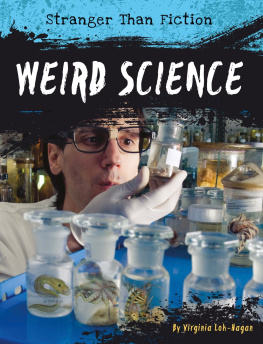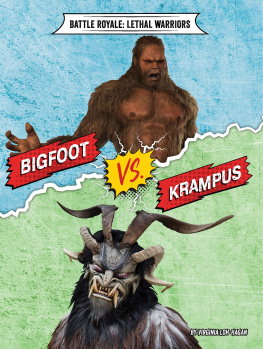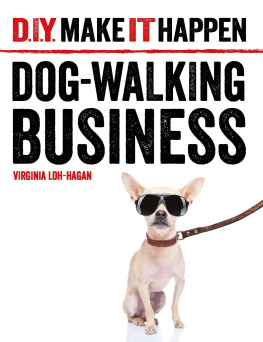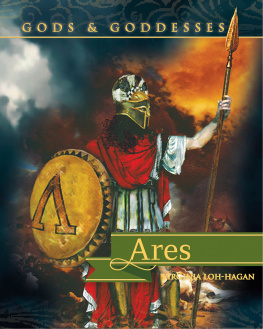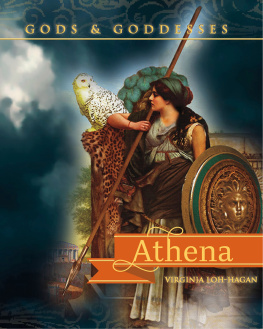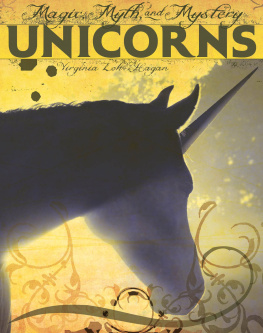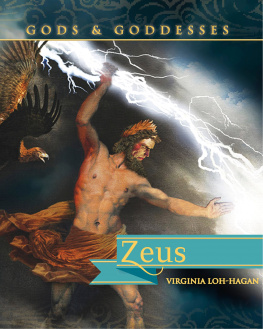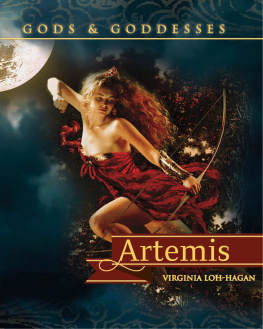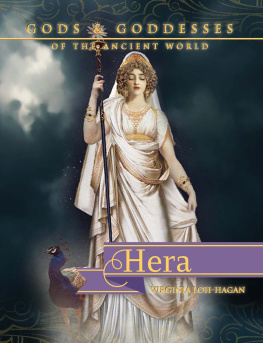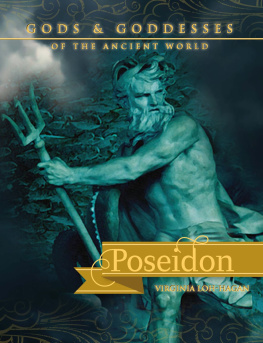Table of Contents
Guide
Stranger Than Fiction
WEIRD SCIENCE
By Virginia Loh-Hagan
Disclaimer: This series focuses
on the strangest of the strange.
Have fun reading about strange
people and things! But please do
not try any of the antics in this
book. Be safe and smart!
Published in the United States of America by Cherry Lake Publishing
Ann Arbor, Michigan
www.cherrylakepublishing.com
Reading Adviser: Marla Conn MS, Ed., Literacy specialist, Read-Ability, Inc.
Photo Credits: Viki2win/Shutterstock.com, cover; Romanchuck Dimitry/Shutterstock.com, cover; anat chant/Shutterstock.
com, cover; Valery Evlakhov/Shutterstock.com, cover; Gucio_55/Shutterstock.com, 1, 26; AndreasReh/iStock.com, 5;
Markus Gann/Shutterstock.com, 6; NASA, 7; Ilya Sviridenko/Shutterstock.com, 8; Jackan/Shutterstock.com, 9;
Liukov/iStock.com, 10; Gas Masks. , None. [Between 1909 and 1920] Photograph. Retrieved from the Library of Congress,
https://www.loc.gov/item/npc2008000840/. (Accessed March 09, 2018.), 11; World History Archive / Alamy Stock Photo, 12;
Eight Photo / Shutterstock.com, 14; fmajor/iStock.com, 15; JetKat/Shutterstock.com, 16; RichVintage/iStock.com, 17;
USO/iStock.com, 18; 20 David Tadevosian/Shutterstock.com, 20; kali9/iStock.com, 21; Bouillante/iStock.com, 22;
Juanmonino/iStock.com, 23; Mario5B/Shutterstock.com, 24; George Marks/iStock.com, 25; CreativeNature_nl/iStock.
com, 27; Everett Historical/Shutterstock.com, 28; l i g h t p o e t/Shutterstock.com, 30; David South / Alamy Stock Photo, 31
Graphic Element Credits: saki80/Shutterstock.com, back cover, front cover, multiple interior pages; queezz/Shutterstock.
com, back cover, front cover, multiple interior pages; Ursa Major/Shutterstock.com, front cover, multiple interior pages;
Zilu8/Shutterstock.com, multiple interior pages
Copyright 2019 by Cherry Lake Publishing
All rights reserved. No part of this book may be reproduced or utilized
in any form or by any means without written permission from the publisher.
45th Parallel Press is an imprint of Cherry Lake Publishing.
Library of Congress Cataloging-in-Publication Data has been filed and is available at catalog.loc.gov
Printed in the United States of America
Corporate Graphics
About the Author
Dr. Virginia Loh-Hagan is an author, university professor, former classroom teacher,
and curriculum designer. Most of her science projects have gone wrong! She lives
in San Diego with her very tall husband and very naughty dogs.
Table of Contents
Introduction
Science is the study of all kinds of things. Scientists are
people who study science. They study the world. They study
nature. They study animals. They study people. They study
forces. They study energy.
Scientists observe . Observe means to see. Scientists
experiment . Experiment means to test things out. Scientists
explore ideas. They design projects. They make many mistakes.
They learn from their mistakes. They keep working. They
want to get it right.
But there are science mistakes. And then, there are really
strange science mistakes. These science mistakes are super
strange. Theyre so strange that theyre hard to believe. They
sound like fiction. But these stories are all true!
Some scientists work in labs. Some work in the field.
chapter one
NASA Probe
NASA manages space programs for the United States. It
made a probe . Probes are like small rocket ships. NASAs
probe was called Genesis . Its job was to go beyond Earths
moon. It was to bring back space material. It was launched
in 2001. It was in space for 3 years. It collected bits from
the suns wind.
NASA scientists made a mistake. They put some parts
in backward. The probe didnt know it
was slowing down. So, it didnt launch a
parachute . Parachutes look like large
umbrellas. They help slow things down.
The plans were drawn backward.
The probe crashed in 2004. It crashed in Utah. This
crash messed up the samples . Samples are bits. They
were to be studied.
chapter two
Fired Fireworks
Theres a fireworks factory in Denmark. Two workers
dropped a box. There were fireworks in the box. The drop
caused friction . Friction is a force. Its caused by rubbing.
Friction set off the fireworks. This started a fire. The fire set
off other fireworks. Every firework exploded. The factory
had almost 300 tons of fireworks.
Over 2,000 buildings were destroyed. About 30 people
were hurt. Many people had smoke in
their lungs. One person died. Over
2,000 residents left the area. This saved
their lives.
The Chinese invented fireworks.
This happened in 2004. An official said, This looks worse
than the many war zones I have seen.
chapter three
Mustard Gas
Mustard gas is deadly. It burns skins. It burns eyes. It burns
lungs. It causes sicknesses. It can be breathed in. It can be
eaten. It can enter the body through the skin or eyes. It causes
lifelong problems. Its used in war. Its used as a weapon.
The United States fought in World War II. The U.S. military
was afraid of enemies using mustard gas. They wanted
better protection. The U.S. Navy did experiments. They
tested out gas masks. They tested out safety
suits. First, they used animals. But that
didnt work. So, they used humans. They
used their own soldiers as subjects .
Subjects are targets of tests.
There is no known cure for mustard gas poisoning to date.
Navy sailors were asked to join a top secret experiment.
They were told this would help shorten the war. The sailors
wanted to help. They said yes. Later, they found out they
were exposed to mustard gas. This happened in 1942.
Three types of experiments were done. First, mustard gas
was put on skin. Second, subjects were exposed to mustard
gas outside. Third, subjects were locked in rooms. Mustard
gas was piped in. It looked like snow. One subject said, It
felt like fire. Some soldiers didnt want to do the tests. They
were sent to jail. They were jailed for 40 years. These scientists
hurt people. They broke laws. They werent honest. They
werent safe.
The U.S. Army wouldnt use their own men.
Explained
by Science
Mistakes are made in science. Sometimes, small mistakes
can mess up a science project. There are different types of
mistakes. First, people make mistakes. This is called human
error. An example is misreading data. Another example is not
doing correct math. Another example is spilling or breaking
things. Second, there are wrong calibrations. Calibration is
a process. Scientists must make sure their tools are accurate.
They make sure tools give the right data. Third, confirmation
bias is an issue. This is when scientists do experiments to
confirm what they already know. This means scientists arent
learning. Theyre not open to new ideas. They miss facts.
They just want to be right.
chapter four
Chernobyl Explosion
Pripyat is a city. Its in northern Ukraine. It used to have
50,000 people. But something bad happened. The Chernobyl
nuclear power plant exploded. Workers messed up. They
were testing how the plant would work if it lost power. They
ran the plant at low power. They didnt follow safety rules.
This made the power unstable. The power surged. Heat
increased. Gas tubes blew up. Gas mixed with water. Water
boiled. Steam exploded. Fire burned for 9 days.
This happened in 1986. Radiation was
released into the air. This is bad energy.
Its poisonous. Many people died. They

